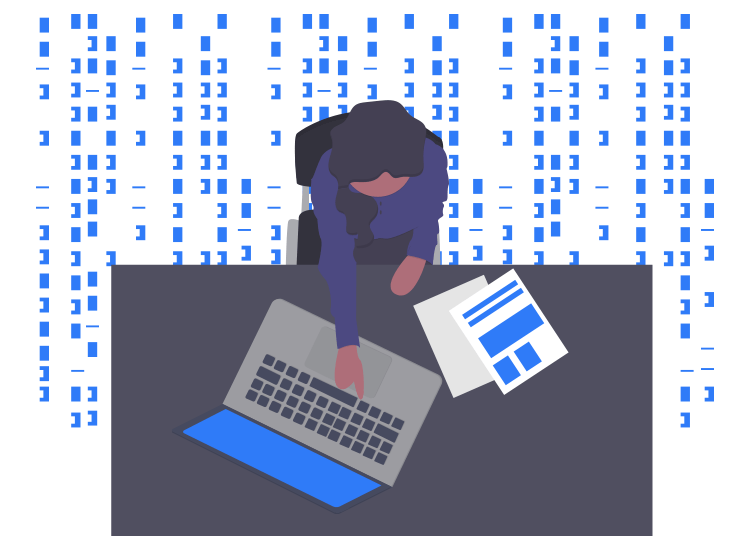
Keylogger is a brief definition for the concept and practice of digital surveillance. Alternatively, it is also known as keystroke logger and is a form of spyware. Let’s look into some measures of protection against keyloggers.
Keyloggers keep track of all your clicks, touch of the keypad, every download, conversation, and almost everything that you do on your system. It’s a software that logs the keystrokes so that the users are not aware that their actions are being monitored.
The purpose is the same as that behind every malware attack: to gather account information, user names, passwords, PINS, credit and debit card numbers, and other sensitive data from the users. These malicious software are programmed to intercept passwords and confidential information by tracking and converting the keyboard activity.
The next pertinent questions coming to your mind must be – how do users get keyloggers and how can we employ protection against keyloggers?
The method of spread is pretty similar to all other malicious programs: via email attachments, text message, P2P networks, social and other instant messaging services. It can also remain hidden within an infected website.
All that’s needed is just a download action on the user’s part to trigger the installation and operation of the keyloggers.
How to detect a keylogger
Although these programs are tricky to detect, yet there are some obvious signs that could indicate that a user’s system is infected with a keylogger.
- A slower web browser.
- Paused keystrokes or mouse activity.
- Absence of the cursor sign when you are typing.
- Receiving error screens while trying to load graphics or web pages.
Means of protection against keyloggers
Thankfully, there are obvious ways to safeguard yourself against keyloggers. First and foremost, “Prevention is better than cure” and prevention can only begin with user awareness and caution.
User negligence is the first point of vulnerability that’s open for exploitation and attacks. Therefore, closing doors that can invite cybercriminals is extremely crucial. So, with this we present some tips to protect yourself against keyloggers.
- Never open attachments from unsolicited emails, social networks, instant messaging services, P2P networks, text chats, etc.
- Switch to one-time password options and two-step verification, rather than sticking to the traditional password usage technique.
- Using password managers is a good option to prevent keyloggers as it can autofill passwords on the designated sites. This way a keylogger won’t be able to track the keystrokes.
- Switch to an alternative keyboard layout such as DVORAK as most keylogger software are designed on the basis of the traditional QWERTY layout. This would prevent the keylogger from converting the keystrokes into a meaningful output.
- Use an advanced antivirus solution and firewall.


2 Comments